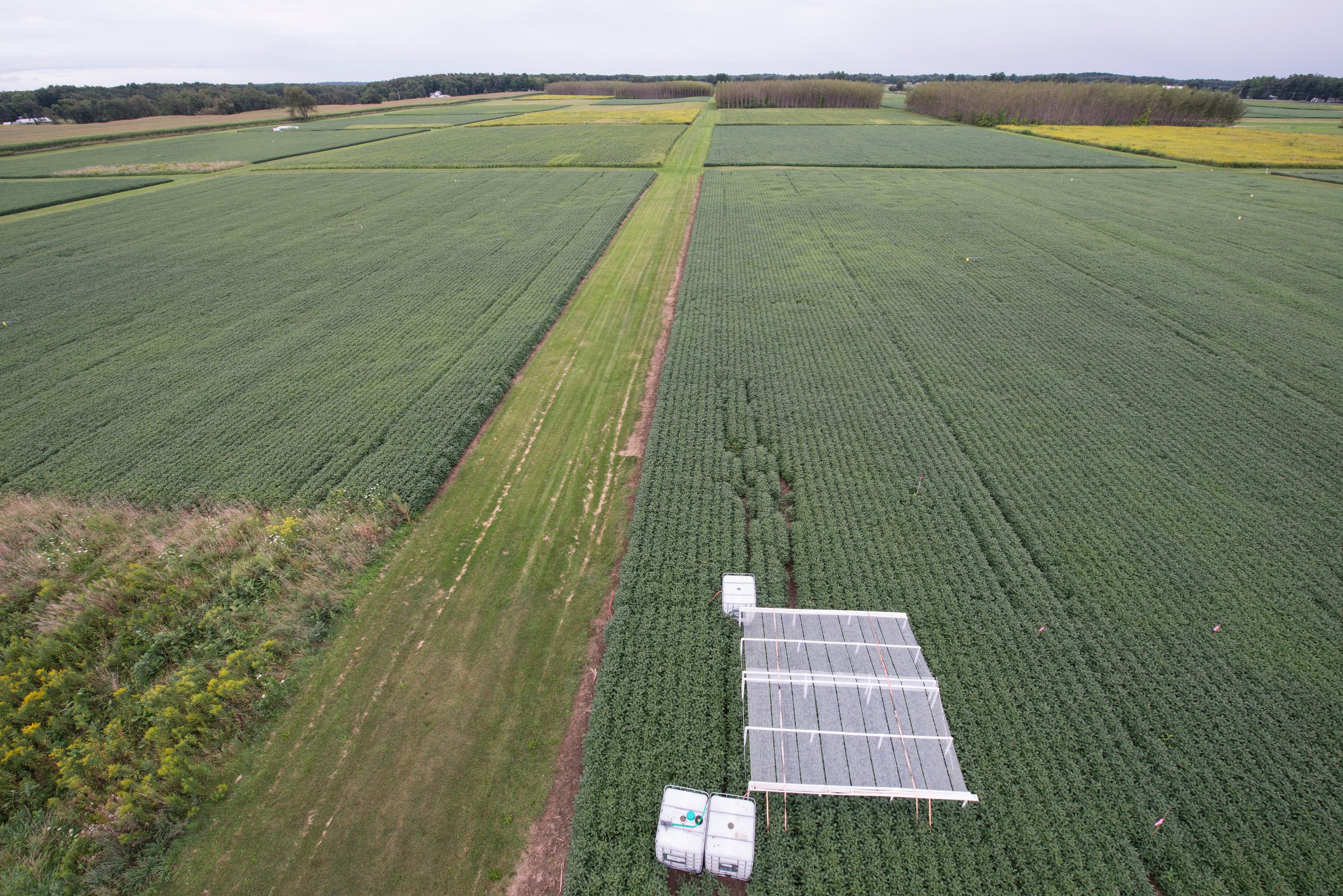Michigan State University biologist Sarah Evans has received a three-year, $1.4 million grant from the National Science Foundation’s Division of Environmental Biology to study the effect that droughts have on soil and the carbon cycling process — a critical determinant of carbon dioxide in our atmosphere and future climate change.
Drought threatens ecosystems and crop production worldwide and will become more frequent in the future in many regions. Soils store four times more carbon than plants and animals and emit more carbon than human causes. This ability to store carbon makes soils more fertile and combats climate change by keeping carbon dioxide out of the air. Drought is likely to change storage in soils but it’s unclear how. The “how” is critical for making accurate predictions of climate change — if drought causes soils to store less carbon, it could become a vicious cycle that affects both climate and agriculture, said Evans, lead investigator on the grant, which begins Sept. 1.
“A cool thing about this grant is that I've been thinking about some of these ideas since my Ph.D. program,” said Evans, an assistant professor who holds joint appointments in the Departments of Integrative Biology and Microbiology and Molecular Genetics in the College of Natural Science, and is an MSU Kellogg Biological Station faculty member. “But at that time, I worked in one or two locations, and now we are sampling all over the world so we can improve carbon models”
Evans and her team will study how soils respond to a lack of rainfall and hope to create predictive models to assist in sustaining ecosystems, crop production and even combatting climate change. A key element of this study is the use of an existing network of drought experiments.
“As you might imagine,” Evans said, “it’s hard for scientists to perform a drought experiment — you have to change the rain. But changing it experimentally is much more powerful. If you just wait around for drought, you haven’t controlled for other things happening that year. Besides, it’s hard to plan for a 100-year drought, even if they are getting more common.”
The team will sample soils from experiments that create drought by covering land with a shelter. They will sample 39 sites that have created similar droughts all over the world as part of the DroughtNet Research Coordination Network and can compare the results in a standardized way.
“What’s also unique about this project is that it integrates measurements and modeling,” Evans said. “This is crucial because scientists often say that our measurements on climate and carbon cycling will inform models that are used in things such as the Intergovernmental Panel on Climate Change, but we will collect the data and do the modeling in one proposal. How much soil carbon is going to contribute to carbon dioxide in the air is a big unknown and has the potential to alter the course of climate change.
“Accurate predictions of carbon cycling and climate change will be essential for human adaptation and mitigation efforts,” Evans said. “This proposal will quantify a critical component to improving the accuracy of carbon models: the global response of soils to severe drought.”
Grant co-investigators are Steve Allison of UC Irvine and Christine Hawkes of North Carolina State University.


